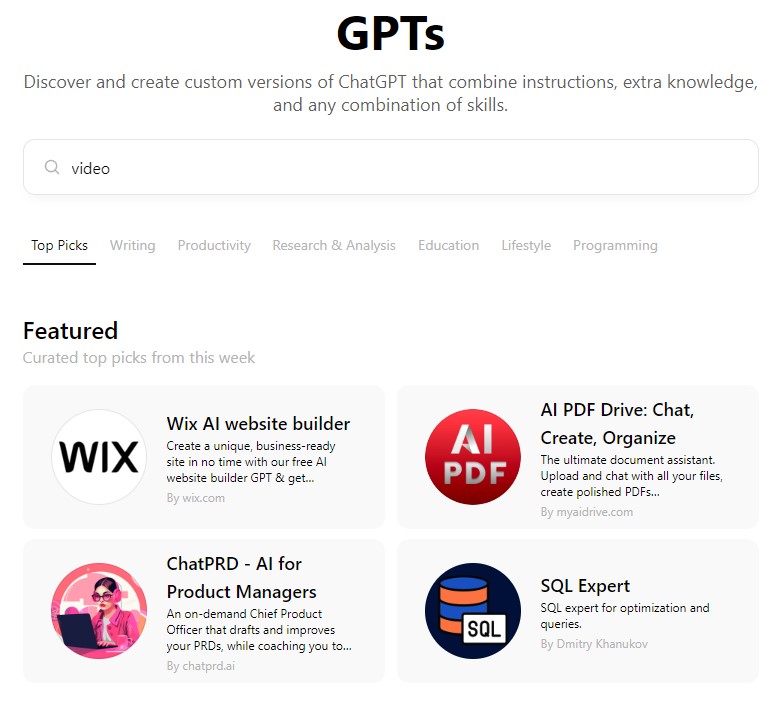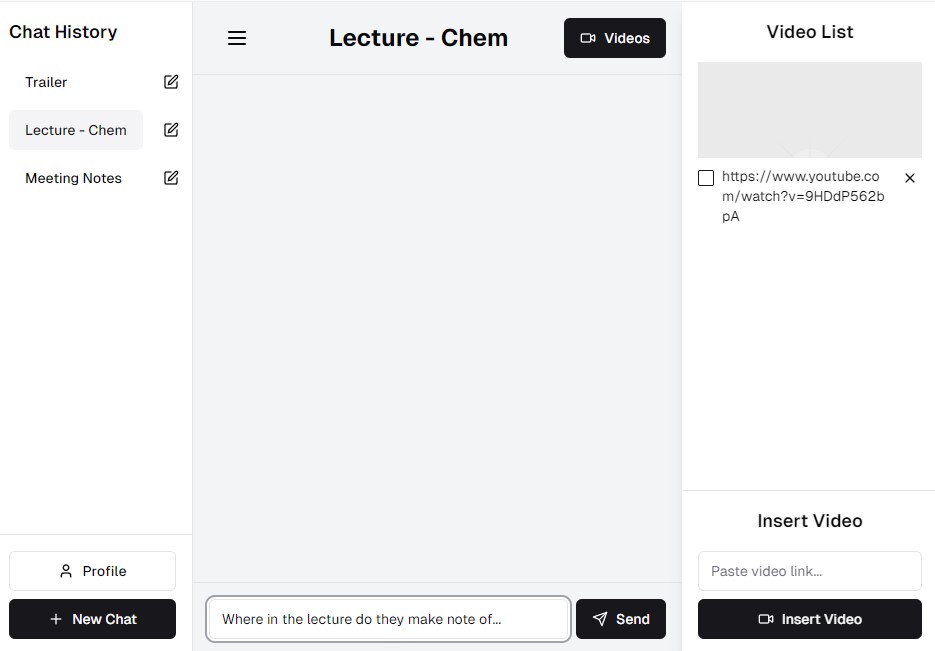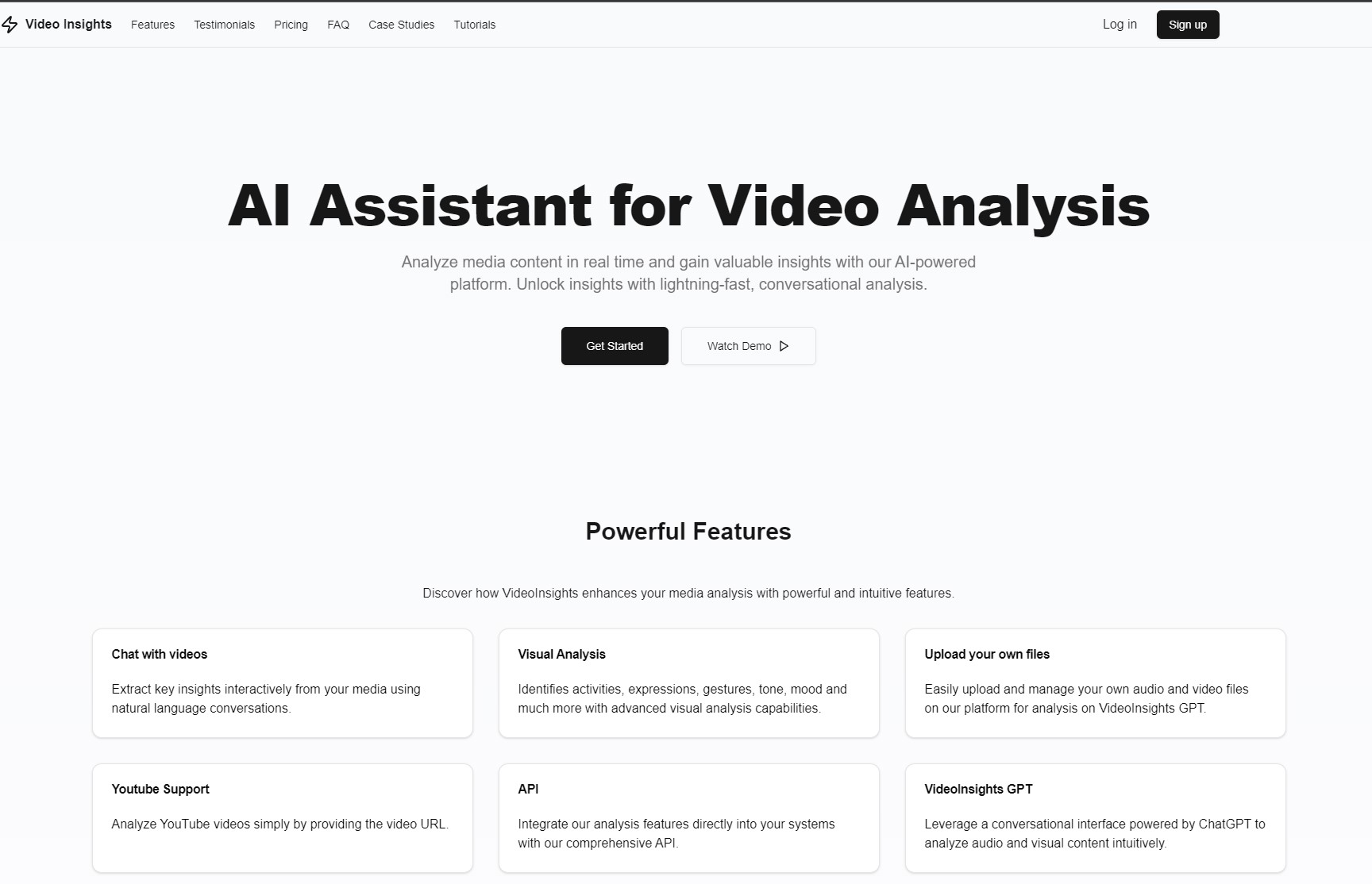AI Video Analysis

Introduction
The project started as a plugin on the ChatGPT store, gaining traction after being featured in several newsletters and growing an initial base of customers. The initial functionality was straightforward: users would submit a YouTube video, which the system would download, send to a transcription service, and then return the transcript for customers to ask questions about. The system used a database to cache videos and transcripts, and serverless functions to serve them up efficiently.

Custom Website
To offer more advanced functionality, we decided to expand the project into a full-fledged website. This new platform offered features beyond simple transcription, including visual analysis, support for multiple videos at once, APIs, and more. It was hosted on Vercel and built using Next.js, which enabled fast, server-side rendered, and scalable performance. The visual analysis allowed users to extract deeper insights from their videos, moving beyond text-based analysis.

Customer Segment
Through log analysis and user feedback, we discovered a wide range of use cases. One emerging customer segment was social media creators who wanted to improve their content. These users leveraged the tool to analyze their videos for content optimization, audience engagement, and sentiment analysis, allowing them to iterate and improve their videos faster. This use case has opened up new potential applications for content creators seeking to refine their work.
Project Overview
This project evolved into an AI-powered web application designed for interactive video analysis. Users could upload their videos or provide YouTube URLs, and the system would generate transcripts, offer sentiment analysis, and give detailed insights into the video content. Through a chat interface, users could engage with the AI to extract key information and receive personalized responses based on the video’s transcript. The platform also allowed users to manage multiple videos, analyze them in real-time, and access personalized features through user authentication.
Conclusion
This project exemplifies the power of AI in transforming how businesses and creators interact with video content. By integrating AI-driven video analysis, businesses can streamline workflows, and creators can continuously improve their content. The use of technologies like Vercel, Next.js, and Neon has made the platform scalable and efficient, with a smooth user experience that will continue evolving based on customer feedback and technological advancements.
Technology Stack
- Frontend: Next.js, React, TypeScript, Tailwind CSS, Radix UI, Lucide React.
- Backend: Next.js API Routes, Neon (serverless PostgreSQL), OpenAI API response generation, Google Cloud Vision API for image analysis.
- Authentication: Clerk for user management and authentication.
- Hosting & Deployment: Vercel for seamless deployment and scaling.
This setup enabled real-time interaction, scalability, and a clean user experience, all while maintaining modularity and ease of maintenance.